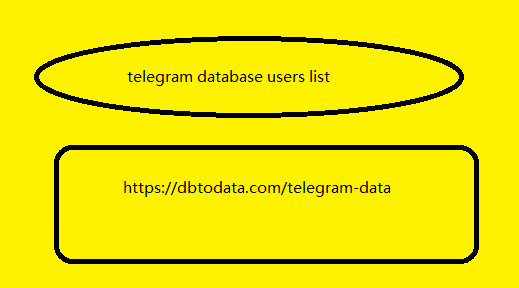Accounting for account 121 – Trading securities occurs regularly at stock exchanges and transactions. So what are the notes when accounting for account 121 – Trading securities? Let’s find out the related information in the content below with MISA MeInvoice .
Table of Contents Hide
1. Accounting principles for account 121 – Trading securities
2. Structure and content of account 121 – Trading securities
3. Accounting method for account 121 – Trading securities according to Circular 133
3.1 When a business transfers trading securities, based on the securities selling price
3.2 When a business buys trading securities
3.3 Accounting for dividends and profits shared
3.4 Recall or payment of matured trading securities
3.5 In case an enterprise transfers trading securities in the form of stock exchange
3.6 Revaluation of balances of securities that satisfy the definition of foreign currency monetary items (such as bonds, commercial papers in foreign currencies, etc.)
3.7 Periodic collection of interest on bonds and other securities
1. Accounting principles for account 121 – Trading securities
Account 121 Securities Trading
a) Account 121 is an account used to reflect iraq telegram data the purchase, sale and payment of securities as prescribed by law held by the enterprise for business purposes (including securities with a maturity of more than 12 months bought and sold for profit).
Types of trading securities include:
– Stocks and bonds listed on the stock market;
– Other securities and financial instruments.
Account 121 is not used to reflect of excitement and pressure is investments that an enterprise holds until maturity such as: Loans under contracts between two parties, bank deposits, bonds, commercial papers, promissory notes, bills of exchange, etc. held until maturity.
b) Trading securities must be recorded in the accounting books by the enterprise at original cost, including: Purchase price plus (+) purchase costs (if any) such as brokerage, transaction, information provision, tax, fees and bank fees. The original cost of trading bw lists securities is determined by the enterprise according to the fair value of payments at the time the transaction occurs. The time of recording trading securities is the time when the investor has ownership, specifically as follows:
– Listed securities are recorded at the time of order matching
– Unlisted securities are recorded at the time of official ownership as prescribed by law.
c) At the end of the accounting year, in case the market value of trading securities falls below the original price, the accountant is allowed to make a provision for price reduction.
d) Enterprises must fully and promptly account for income from securities investment activities.
The dividend paid for the period before the investment date is recorded as a reduction in the value of the investment. When the investor receives additional shares without having to pay money because the joint stock company uses the capital surplus, equity funds and undistributed profits after tax (dividends in shares) to issue additional shares, the investor only monitors the number of additional shares on the Financial Statements’ notes, does not record the value of the shares received, does not record financial revenue and does not record an increase in the value of the investment in the joint stock company.
Particularly for enterprises in which the State holds 100% of the charter capital, the accounting for dividends paid in shares is carried out in accordance with the provisions of law applicable to enterprises in which the State holds 100% of the charter capital.


